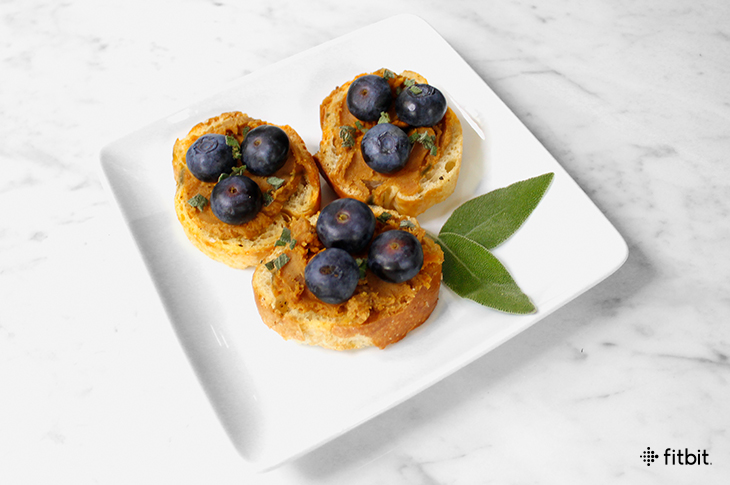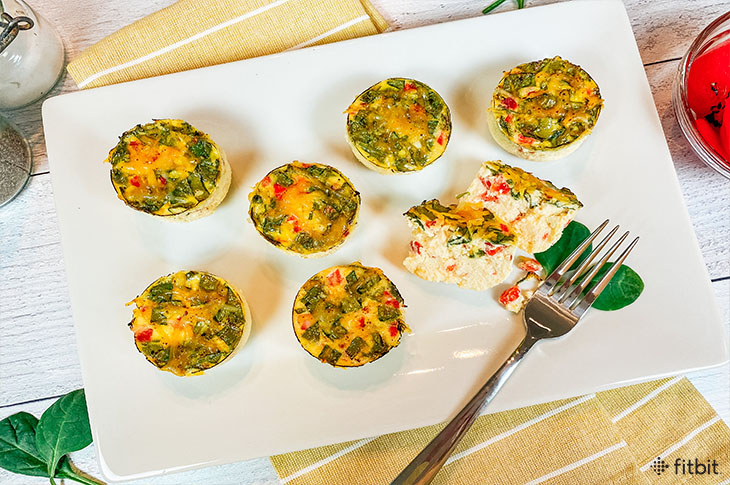
There are lots of reasons to love berries. They’re tasty, convenient, and really good for you. Of course, berries are yummy in yogurt, cereal, or as a quick snack (no cutting or peeling required!). But they’re worthy of so much more than that.
If you want to take your berry game to the next level, try these easy recipes.
But first, you’ll want to be sure to select and store these delicate fruits properly. Here’s how:
Inspect the package. Before you toss a container into your cart, give it a quick once over to make sure the berries are firm, dry, and mold-free.
Do it again at home. One moldy berry can ruin the whole bunch, so take a second look once you get home. If you find any damp or oozing berries, pick them out and toss them.
A dry berry is a happy berry. Tempting as it may be, don’t wash berries until you’re ready to eat them.
Keep them in their original containers. These are designed with openings that allow berries to breathe.
Store them in the front of the fridge. It’s less humid than the crisper.
Enjoy them at their peak. Berries have a short shelf life. Some, like raspberries and blackberries, only stay fresh for a day or two, while strawberries and blueberries last about 5 days. To get the most out of yours, eat them shortly after buying them.
Lemony Goat Cheese Dip with Mini Berry Skewers
Did you know that berries are one of the lowest sugar fruits? Just one cup of strawberries or blackberries contains a mere 7 grams of sugar. If you’re watching your sugar (or are just looking for a satisfying, healthy snack), go ahead and dunk them in this decadent-tasting dip.
Feel free to make it a day or two in advance and store it covered in the fridge. If some of its liquid separates, just give it a quick whisk. Then prep and skewer the berries right before serving.
Make it. In a small bowl, whisk together 1 cup plain 2 percent Greek yogurt, 2 ounces soft goat cheese, 2 tablespoons honey, and the zest of 1 lemon (or more if you like it extra lemony!). Set aside.
Thread 1 cup halved strawberries and 1 cup blackberries on 8 toothpicks. Serve with dip.
Makes 8 servings.
Per serving: 69 calories, 2 g total fat, 1 g saturated fat, 7 mg cholesterol, 42 mg sodium, 9 g carbs, 1 g fiber, 7 g total sugars, 4 g added sugars, 5 g protein

Sweet and Spicy Peanut-Blueberry Crostini
When you can’t decide between sweet, spicy, or savory, these little toasts have got you covered. Don’t just save them for appetizers. Try them for a grownup spin on PB&J for lunch or even for dessert.
Make it. Arrange 8 baguette slices on a baking sheet. Spray both sides with olive oil cooking spray. Season with salt and pepper. Bake in a 375° F oven for 8 to 10 minutes, until golden. Remove from oven and arrange on a serving platter.
In a small bowl, dissolve 1 teaspoon of curry powder in a tablespoon of warm water. Add ½ cup peanut butter, 1 tablespoon maple syrup, and ½ teaspoon vanilla extract. Stir well to combine. Spread 1 tablespoon of peanut butter mixture on each toast. Top with fresh blueberries and chopped fresh sage.
Makes 8 servings.
Per serving: 182 calories, 9 g total fat, 2 g saturated fat, 0 mg cholesterol, 237 mg sodium, 21 g carbs, 2 g fiber, 5 g total sugars, 3 g added sugars, 7 g protein
Berry Filled Farro-Spinach Salad
If eating more fiber is on your nutrition to-do list, berries can help. A cup of blueberries delivers as much roughage as a bowl of oatmeal (4 grams, to be exact). And raspberries boast twice as much. Toss them into a salad with whole grains and greens, and you’ll rack up at least a quarter of the fiber you need in an entire day.
Make it. In a large saucepan, cook 1 cup of farro in 4 cups gently boiling water or broth for 30 minutes. Remove from heat, drain, and transfer to a large bowl. Season with salt and pepper. Cool for 10 minutes.
In a small bowl, whisk together 1/3 cup orange juice, 1 tablespoon rice wine vinegar, and 1 tablespoon honey mustard. Whisk in 1 tablespoon orange zest, 2 teaspoons minced ginger, 3 tablespoons avocado oil, and salt and pepper.
To the bowl of farro, add 4 cups roughly chopped spinach, ¾ cup blueberries, ¾ cup raspberries, and 2 tablespoons sunflower seeds. Drizzle with dressing. Toss gently and serve.
Makes 4 servings.
Per serving: 344 calories, 14 g total fat, 1 g saturated fat, 0 mg cholesterol, 93 mg sodium, 48 g carbs, 9 g fiber, 9 g total sugars, 3 g added sugars, 8 g protein
The post Three Berry Recipes to Try Now appeared first on Fitbit Blog.
source https://blog.fitbit.com/berry-recipes-to-try-now/
















